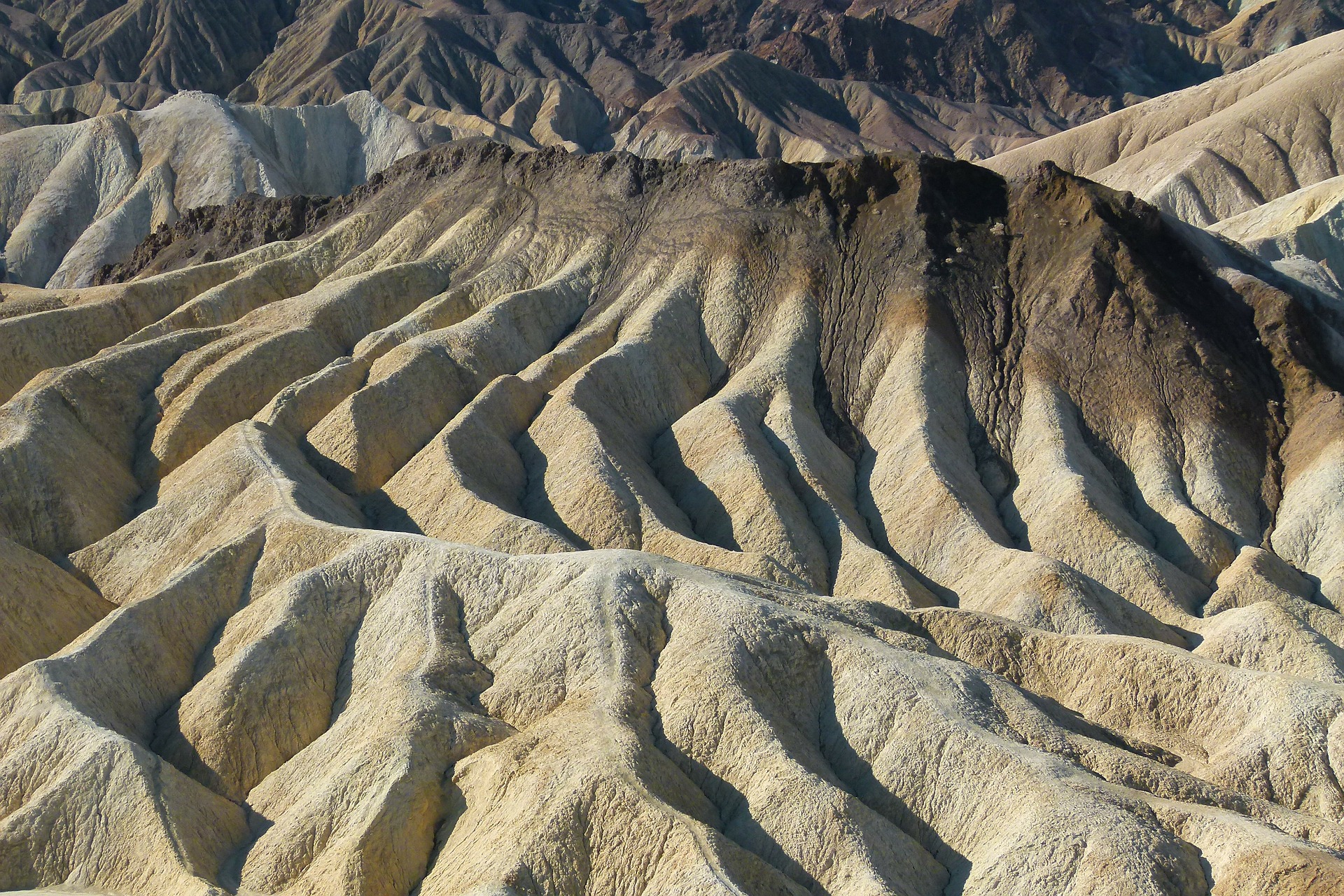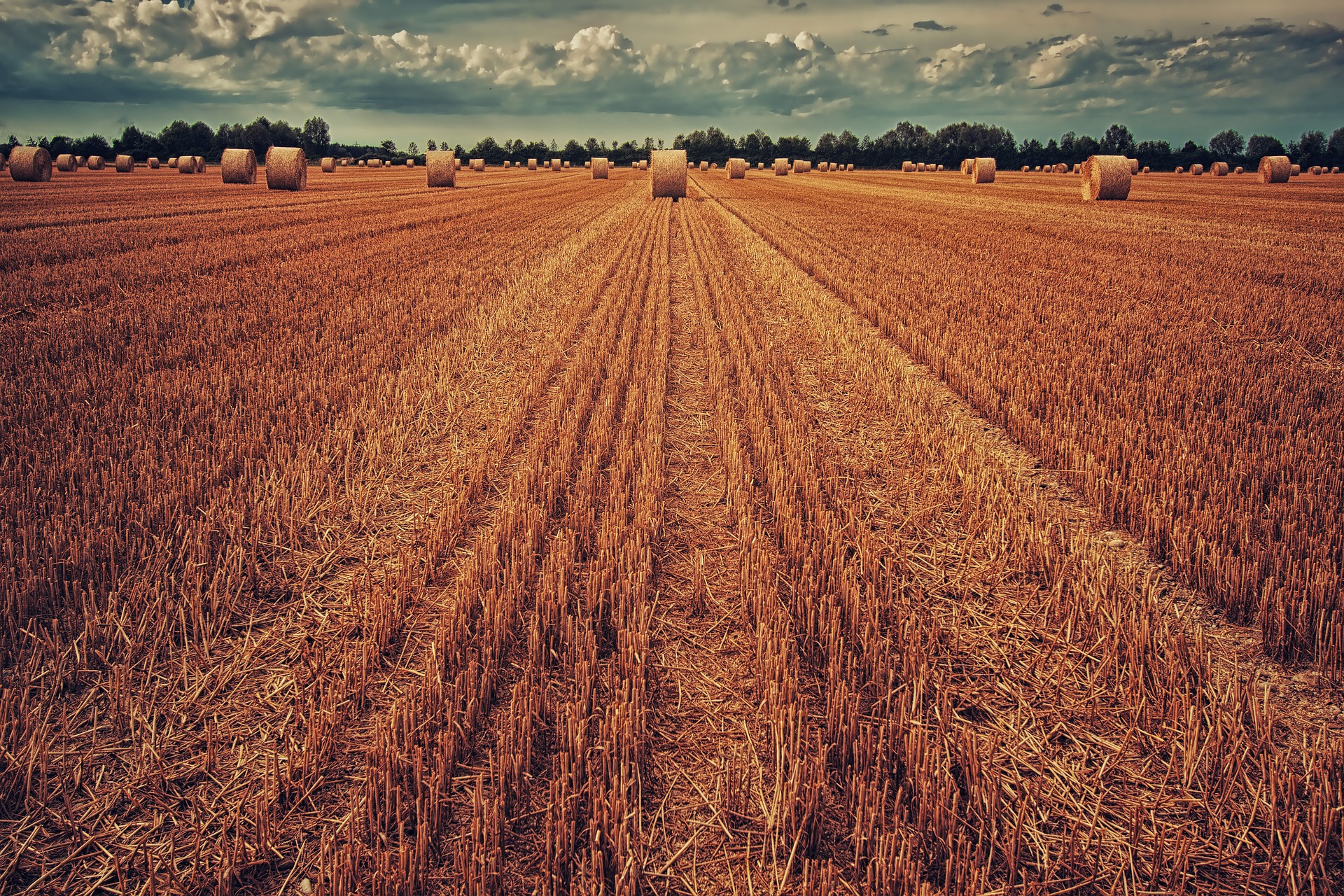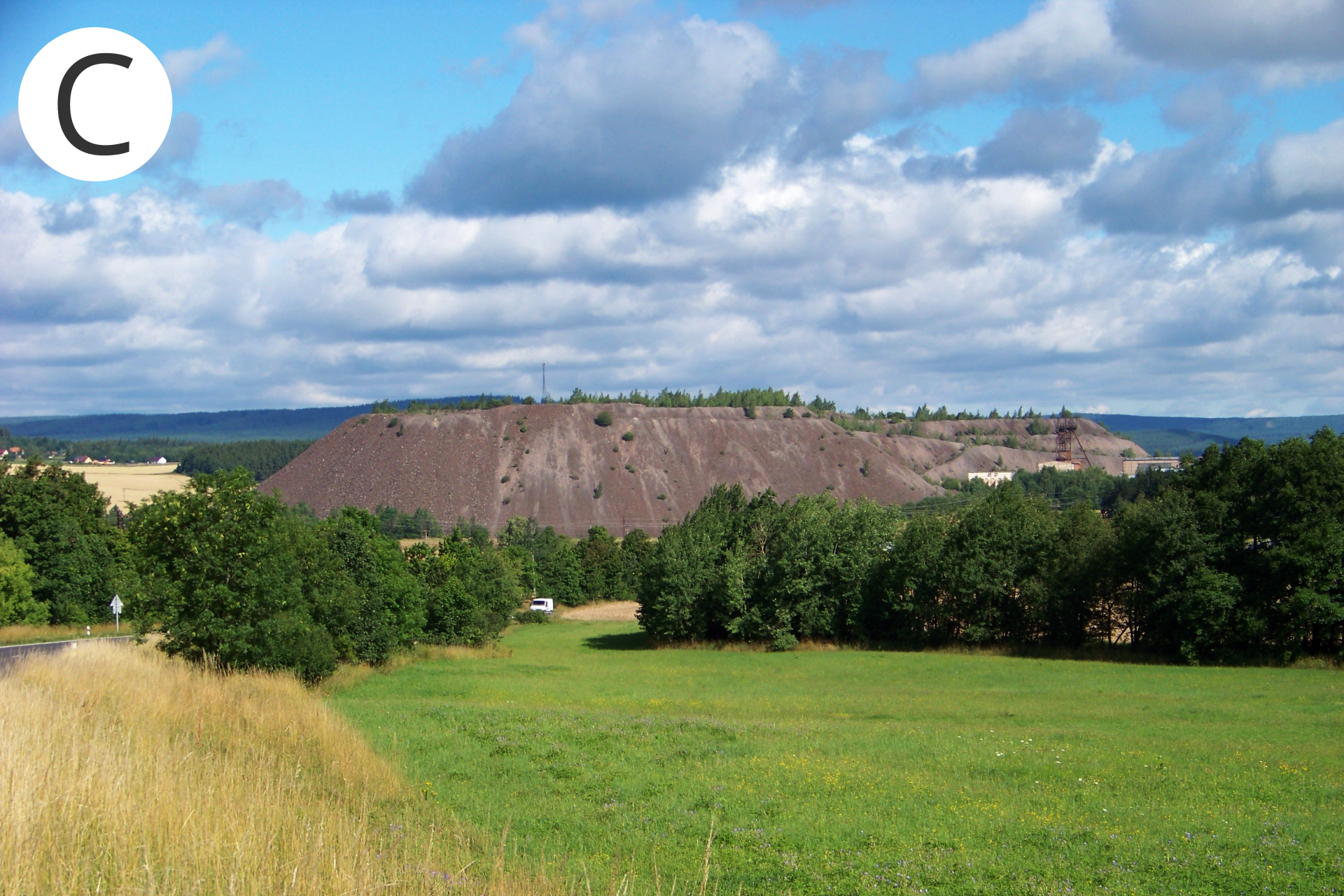The effects of soil pollution and the methods to counteract soil damage
what a soil and soil fertility is;
the types of fertilizers and what their role is;
how to plan and carry out the testing of selected soil properties and the impact of soil constituents on plant development.
to list and discuss the effects of soil pollution and methods of its prevention;
to name methods of soil protection and treatment.
The effects of soil pollution
Salinity, inadequate pH (alkalization or acidification), accompanied by leaching into the profile of nutrients, especially potassium.
Deterioration of the soil structure – soil drying or silting.
Decreased soil fertility as a result of changes in its physical, chemical and microbiological properties.
Negative effect of soil pollution on the development of plants and organisms at higher levels of the trophic chain (animals and humans).
Destruction of soils causing deterioration of their value in use and reduction of production capacities is called soil degradationsoil degradation. The processes that occur in the soil deteriorate its physical properties (destruction of the structure), chemical properties (acidification, salinization or poisoning with heavy metals) and biological properties (decreased humus quantity and quality, reduced number of live organisms). As a consequence, the natural fertility of the soil decreases.
Soil degradation is caused primarily by humans, but also natural factors such as soil erosion, climate change (drought), natural disasters (volcanic eruptions, earthquakes).
Soil erosion – displacement, sorting and deposition of soil particles in other areas caused by leaching the surface soil layer by rainwater or river water (water erosion) or blowing – wind erosion.
Erosion can also be caused by human activity, for example by improperly carried out drainage, cutting down and burning forests and meadows, too intensive grazing. If the soil in a given area completely loses its utility values, it is called soil devastation.
Soil devastationSoil devastation is very often an irreversible process, which is accompanied by a powerful transformation and devastation of the area, for example, through the construction of houses, laying asphalt, pavements and open‑cast mines, which are an example of human activity completely destroying some elements of the environment.
The methods to counteract soil damage
The main activities undertaken to protect soils include:
Proper agricultural economy using mainly natural fertilizers, rational use of chemical fertilizers and plant protection products.
Prevention of erosion – land drainage, mid‑field afforestation, fallow land afforestation.
Prevention of soil pollution from municipal sources – waste reduction and proper management (waste segregation, composting, hazardous waste collection) and sewage treatment.
Limitation of the industrial sources of soil pollution – use of modern environmentally friendly technologies and proper post‑production waste management.
Soil cleaning from toxic substances and deacidification of acidified soils.
In order to reclaim the polluted soils, complex, multistep activities are undertaken to restore their utility value – soil remediationsoil remediation. It takes many years to re‑create the soil layer in such areas. Unfortunately, some chemical pollutants may persist in the soil even for centuries and no treatments can change this. Therefore, to accelerate the process of removal of toxic substances from soil and their remediation, the polluted soil is mixed with the clean soil.

Mark the photos presenting the areas requiring remediation:
- Road
- Mine
- Working
- Field




Create a multiple-choice test based on today's lesson. Then exchange your questions with a friend or classmate.
Question: ...
- ...
- ...
- ...
- ...
Summary
Prevention of soil degradation consists in counteracting soil erosion, limiting the extraction of minerals and taking over land for development, reducing degradation and restoring the soil's utility values. To this end, treatments are carried out enriching soil with humus, restoring the proper pH (liming), limiting the impact of sources of soil pollution (e.g. protecting landfills against their penetration by polluting substances, rational use of fertilizers and pesticides, creating green zones that separate crops from roads).
Design and perform an experiment to examine the effect of soil contamination caused by a selected factor (excess nitrates, detergents) on germination and growth of oat seeds or garden cress.
Keywords
soil devastation, soil degradation, soil remediation
Match the pairs: English words with Polish definition.
przywracanie glebie jej stanu użytkowego, niszczenie powodujące obniżenie żyzności gleby i jej biologicznej wartości, całkowite zniszczenie gleby na danym terenie
| soil devastation | |
| soil degradation | |
| soil remediation |
Glossary
dewastacja gleby – całkowite zniszczenie gleby na danym terenie
degradacja gleby – niszczenie powodujące obniżenie żyzności gleby i jej biologicznej wartości
rekultywacja gleby – przywracanie glebie jej stanu użytkowego


